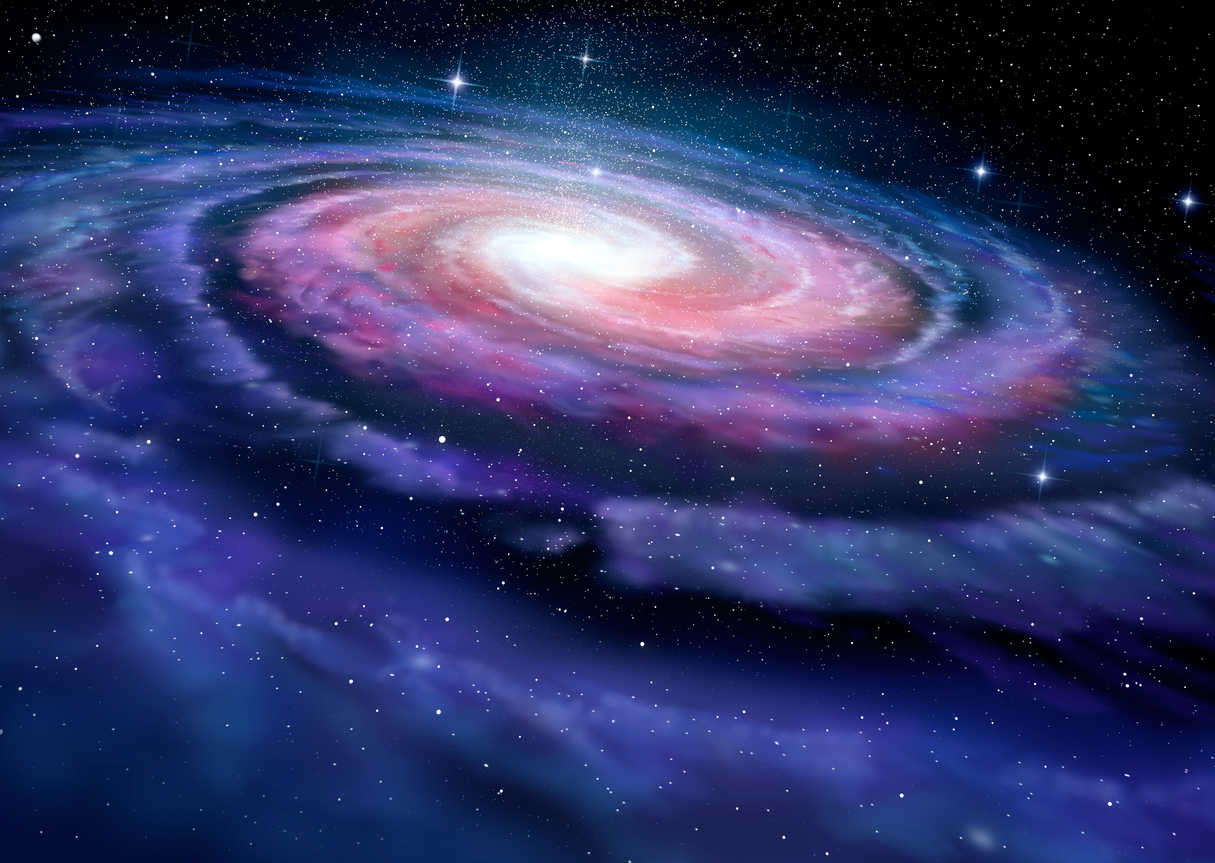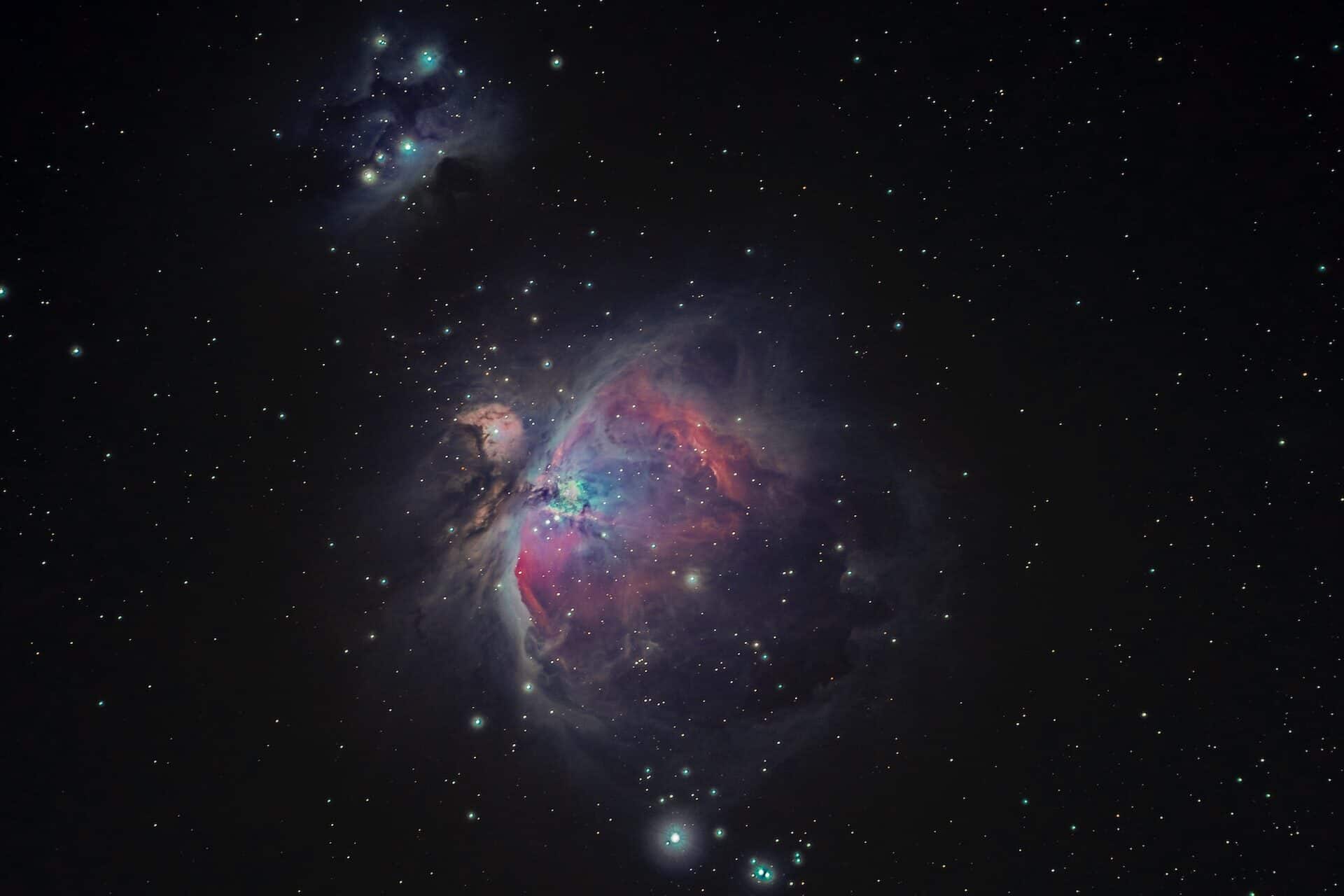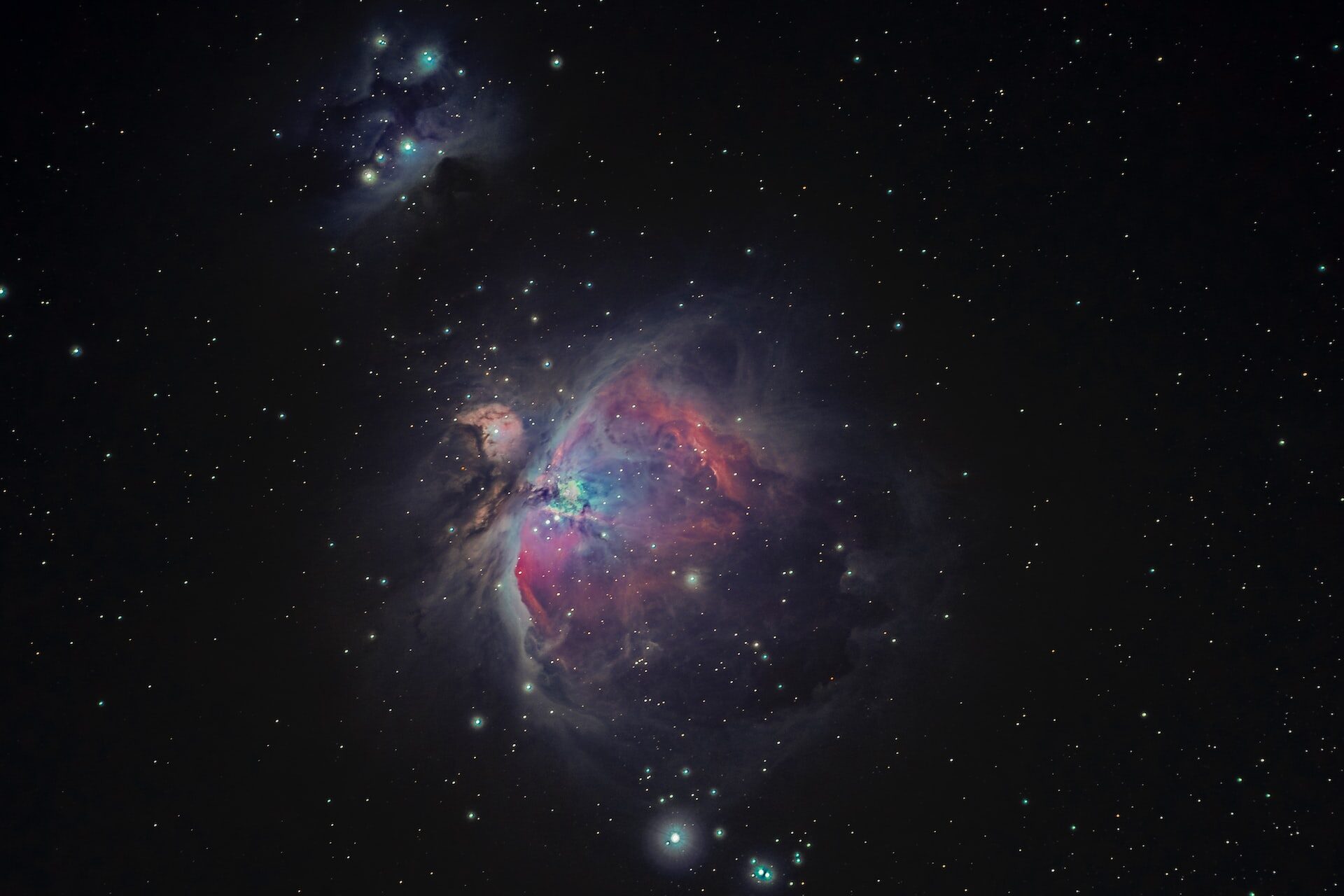
How Many Types of Galaxies are There?
April 6, 2022 - Emily Newton
Revolutionized is reader-supported. When you buy through links on our site, we may earn an affiliate commision. Learn more here.
Scientists estimate that there are around two trillion galaxies in the known universe — each with its own unique collection of stars, dust, dark matter and gas bound together by gravity.
The size, shape and composition of galaxies all vary significantly. Some galaxies are dim, small and diffuse, while others are large, dense and bright.
In order to make galaxies easier to understand, astronomers have created galaxy classification systems that organize all known galaxies into groups.
Knowing these groups will help you understand how galaxies form and change over time — as well as how to make sense of the enormous variety of galaxies in the universe.
How Do Scientists Classify Galaxies?
Most modern approaches to galaxy classification are based on the Hubble sequence developed by American astronomer Edwin Hubble in 1926. Hubble used information about the known universe to group galaxies based on their shape, using the visible appearance of galaxies to create three main types of galaxies: elliptical, spiral and irregular.
Hubble then broke down each of these three groups into further subtypes, again based on how the galaxies look.
Since Hubble’s original research was first published, other astronomers and scientists have worked to make his system both more consistent and better at organizing the massive variety of galaxy shapes and sizes that we’ve discovered so far.
Elliptical Galaxies
Ellipticals look like spheres, circles or ellipses, and account for around one-third of all galaxies. They range in size and shape from near-circular galaxies to galaxies that are very long and oval-like in appearance.
Typically, these galaxies are near large numbers of globular clusters, spherical collections of stars. They’re also often in galaxy clusters and galaxy groups, near other elliptical galaxies and other galaxy types.
Compared to other galaxies, ellipticals possess very little gas and dust. As a result, there’s typically little to no new star formation occurring in these galaxies. Most of the stars in elliptical galaxies are also older.
The largest elliptical galaxies, which can be as many as 300,000 light-years in length, are also the rarest. Astronomers believe these galaxies may come from a merger between two smaller galaxies.
Ellipticals that are large enough appear to always contain a supermassive black hole at their center. Scientists don’t know how supermassive black holes form, but they believe that they may emerge when gas cloud collapses during the formation of a galaxy. In general, the larger the elliptical galaxy, the larger the black hole.
Small, dwarf ellipticals are much more common. These galaxies are typically just a few thousand light-years wide.
Spiral Galaxies
Spirals are characterized by their circular symmetry, a bulging central nucleus and dim outer dis, spiral arms and a halo of stars. As their name implies, these galaxies have a highly visible spiral shape in the form of distinct arms that extend away from the nucleus.
The stars in a spiral galaxy are tightly packed in the bulge and nucleus, but become more diffuse the farther away they are from the center of the galaxy.
Spirals are the most common type of galaxy in universe, accounting for around 60% of observable galaxies.
Many bulges are thought to contain supermassive black holes — the Sagittarius A* object at the center of the Milky Way, the best-known spiral galaxy, is one example of a potential supermassive black hole.
There are two main types of spiral galaxies — normal spirals and barred spirals. In barred spirals, there is a bar of stars that runs through the galaxy’s central bulge and its nucleus. The arms of barred spirals typically start at the ends of the bars, rather than the galaxy’s nucleus.
Normal spirals, by contrast, do not have a prominent central bar, and the galaxy’s spiral arms start directly from the galaxy’s center.
In addition to these two main types of spiral, there are also lenticular galaxies. These are galaxies that have characteristics of both spirals and ellipticals. In shape, they appear similar to a lens.
Like spiral galaxies, they feature a central bulge and outer disk. Unlike most spiral galaxies, however, they don’t feature spiral arms. How lenticular galaxies come to exist is still unknown, but scientists hypothesize that they may have originally been spiral galaxies that lost or used up their interstellar material.
Irregular Galaxies
Irregular galaxies are galaxies without a defined or identifiable structure. They typically lack an obvious nucleus.
These galaxies account for around five percent of all galaxies in the universe. Most irregular galaxies contain large amounts of dust and gas, facilitating the formation of new stars.
Dwarf irregular galaxies are particularly small irregular galaxies. Scientists believe that these galaxies resemble what some of the earliest galaxies in the universe looked like.
Hubble defined two types of irregular galaxies — Irr I, which have some visible spiral or elliptical structure, and Irr II, which appear to be almost completely random in their structure.
Other Galaxy Shapes
While Hubble’s system accounts for most galaxies in the universe, not every galaxy is easy to classify.
Some, like the ring-shaped Hoag’s Object galaxy, sometimes can’t truly be described as being elliptical, spiral or irregular in the sense of other irregular galaxies. Instead, astronomers will use other words to describe their shape and how they likely came to be.
Other unusual galaxies are close enough to one of the three major types of galaxy described by Hubble’s sequence to be described using those types. Scientists often describe the ring-like Cartwheel Galaxy described as being both a lenticular and a ring galaxy, for example.
These strange galaxies are usually produced by the interaction between two galaxies, like a collision. Scientists, for example, believe that the Cartwheel Galaxy may have been a spiral galaxy before it was reshaped by a collision.
Other classifications of unusual galaxies include colliding and interacting galaxies. These are galaxies with shapes and gravitational fields that another nearby galaxy is actively warping. The Antennae Galaxies are one example of an interacting galaxy pair.
The collision of the two galaxies has caused both to go through a starburst phase, in which the collision of dust and gas in both galaxies has led to increased star production.
Other Ways to Classify Galaxies
While many scientists will use the Hubble classification system described in this article, it’s not the only way that astronomers organize galaxies.
Another classification system is the Yerkes (or Morgan) scheme. This approach comes from American astronomers William Wilson Morgan and Phillip Keenan.
Together, they created a system that organized galaxies based on the spectra of stars in a galaxy, in addition to the galaxy’s shape and orientation towards Earth.
According to Morgan and Keenan’s classification scheme, there are seven different spectral types for stars, organized based on their color and temperature.
By averaging the spectra of stars in a galaxy, it’s possible to assign a spectral classification to a galaxy, as well. For example, the Andromeda Galaxy is classified as a kS5 galaxy, according to the Yerkes scheme.
The first letter, k, is the spectra of stars in the Galaxy. These stars are orange and the second-coldest types of stars according to the Morgan and Keenan spectral types.
For comparison, Earth’s sun is a class G star that is yellow — slightly hotter in temperature and warmer in color than the average Andromeda Galaxy star.
The second letter and number represent the galaxy’s shape and inclination. The letter S means that the galaxy is a spiral, and the number 5 means that, due to the galaxy’s orientation, we see more of its edge than its face.
This classification scheme is very similar to Hubble’s approach, and even uses some of the same terms, but it does provide extra information about the galaxy that a Hubble classification won’t tell you.
What You Need to Know About the Types of Galaxies
While there are trillions of galaxies in the universe, Hubble’s sequence will help you organize almost every galaxy we know of.
Familiarity with the three main types of galaxies — ellipticals, spirals and irregulars — will make it much easier to talk about and identify galaxies.
Knowing the basics of Hubble’s sequence will also prepare you for galaxy classifications that go beyond the three big categories — like lenticular galaxies and ring galaxies.
Revolutionized is reader-supported. When you buy through links on our site, we may earn an affiliate commision. Learn more here.
Author
Emily Newton
Emily Newton is a technology and industrial journalist and the Editor in Chief of Revolutionized. She manages the sites publishing schedule, SEO optimization and content strategy. Emily enjoys writing and researching articles about how technology is changing every industry. When she isn't working, Emily enjoys playing video games or curling up with a good book.




